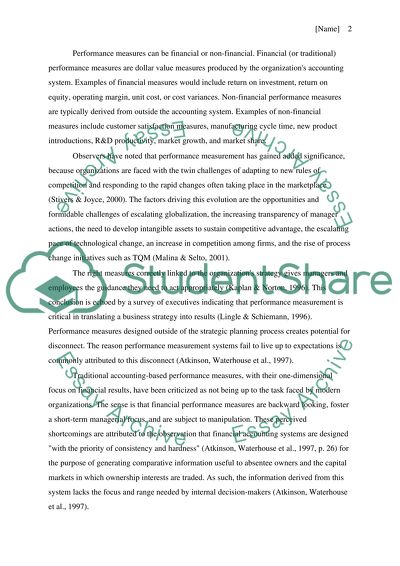Cite this document
(“The Balanced Scorecard Essay Example | Topics and Well Written Essays - 2000 words”, n.d.)
Retrieved from https://studentshare.org/miscellaneous/1504709-the-balanced-scorecard
Retrieved from https://studentshare.org/miscellaneous/1504709-the-balanced-scorecard
(The Balanced Scorecard Essay Example | Topics and Well Written Essays - 2000 Words)
https://studentshare.org/miscellaneous/1504709-the-balanced-scorecard.
https://studentshare.org/miscellaneous/1504709-the-balanced-scorecard.
“The Balanced Scorecard Essay Example | Topics and Well Written Essays - 2000 Words”, n.d. https://studentshare.org/miscellaneous/1504709-the-balanced-scorecard.


